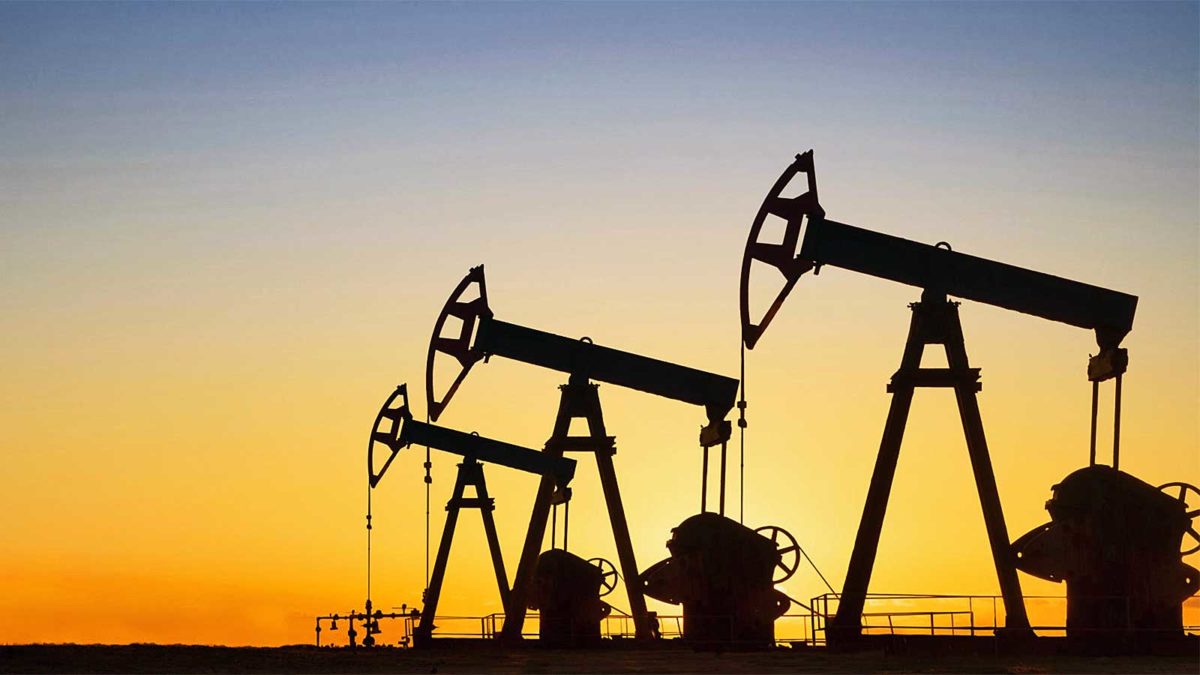Energy crisis an opportunity for ASX investors
What many people thought was a term from an economic history book, “energy crisis” has returned to the headlines, as rising global energy demand encounters restrictions on supply – and geo-political spot fires aplenty, with the Russia/Ukraine border a particular focus.
In the old days, when people were familiar with the term “energy crisis,” there would be trouble in the Middle East, the Organisation of Petroleum-Exporting Countries (OPEC) would turn off the spigots, and the world would face soaring prices until the petroleum cartel was induced to increase flows again. Oh, if it were only that simple.
These days, according to the Organization for Economic Co-operation and Development (OECD), the OPEC countries only produce about 29% of the worldwide demand. There are a lot more ingredients to an energy crisis, these days.
First of all, there was the unprecedented slump in energy demand sparked by the COVID-19 pandemic in 2020, with oil prices at one point turning negative (at least, on one futures contract), a situation no-one ever expected to see.
Secondly, you have much of the world agreeing to give up fossil-fuels, as countries commit to net-zero carbon-dioxide emissions by certain dates, and privileging intermittent “renewable” energy sources like wind and solar in their supply mixes, all the while throwing up their hands in horror at replacing the fossil-fuel baseload power capability with similar 24/7 sources such as nuclear.
Third, you have “pipeline diplomacy,” as Russia, the major supplier of natural gas to Europe, sailing awfully close to using its gas clout as geopolitical blackmail as it cautions its European customers against complaining or acting in the face of whatever the Kremlin’s intentions are toward Ukraine. This comes at a time when a hard winter sees many of those European customers facing severe energy shortages.
Fourth, you have the major developing economies of China and India, as their economies rebound from COVID-19, hoovering-up all of the fossil-fuels they can get their hands on to feed their demand for power.
According to the OECD, oil demand rose by 6.1%, to 96.6 million barrels per day (mbd): in the fourth quarter, worldwide demand rose to 99.8 mbd. OPEC itself expects demand to strengthen in 2022, forecasting it to reach 102.6 mbd in the fourth quarter of this year.
It’s a recipe for higher energy prices, and that is what has happened.
Brent crude oil has risen from just above US$20 a barrel at the worst of the COVID-19 demand slump to US$87.96 a barrel, and many in the market expect it to push back above US$100 a barrel soon, for the first time since September 2014. Although there is a school of thought that to get back above US$100, oil would need to see jet fuel demand rebound above pre-pandemic levels.
Gas prices surged to a record US$48.30 per million BTU (British thermal unit) in Asia in December, as Asian markets like China and Japan wanted natural gas as a cleaner alternative to coal, but they have retreated below US$34 per million BTU.
The thermal (electricity) coal price (set by Australian export prices out of Newcastle) has doubled from a year ago, to US$169.65 a tonne, after poking its nose above US$224 a tonne in October, a ten-year high. It might upset climate true believers, but the International Energy Agency (IEA) expects voracious appetite for the fuel in China and India will drive record demand highs for coal this year.
Not that climate true believers are totally left out of the energy crisis picture – lithium prices are exploding as demand for the battery metal also surges. This week, Chinese lithium carbonate prices rose to a new record, as producers struggle to bring new projects online. Last week, Serbia blocked plans for Rio Tinto’s Jadar mine, in a dramatic response to local opposition to the project that will heap more pressure on near-term future supply.
Here are where some of the ASX’s most prominent energy stocks are positioned, using analysts’ consensus expectations collated by FN Arena. (Note that to varying extents the coal stocks named also produce steelmaking [coking] coal, which is a different supply-demand picture to energy coal.)
Woodside Petroleum (WPL, $24.13) – analysts’ consensus target price $27.89, FY22 expected yield 6.4% fully franked (grossed-up, 9.1%)
Santos (STO, $6.72) – analysts’ consensus target price $8.94, FY22 expected yield 3% fully franked (grossed-up, 4.3%)
Beach Energy (BPT, $1.31) – analysts’ consensus target price $1.65, FY22 expected yield 1.6% fully franked (grossed-up, 2.3%)
AGL Energy (AGL, $7.04) – analysts’ consensus target price $7.37, FY22 expected yield 4.5% unfranked
Origin Energy (ORG, $5.41) – analysts’ consensus target price $5.96, FY22 expected yield 4.1% unfranked
Karoon Energy (KAR, $1.75) – analysts’ consensus target price $2.13, no dividend expected in FY22
Whitehaven Coal (WHC, $2.63) – analysts’ consensus target price $3.67, FY22 expected yield 5.8% unfranked
New Hope Corporation (NHC, 2.19) – analysts’ consensus target price $2.53, FY22 expected yield 15.7% fully franked (grossed-up, 22.4%)
Coronado Global Resources (CRN, $1.32) – analysts’ consensus target price $2.00, FY22 expected yield 8.3% fully franked (grossed-up, 11.8%)
Jessica Amir, Australian market strategist at Saxo Bank, says Woodside Petroleum is a stock to watch, as it’s set to become the world’s tenth biggest oil and gas producer, following the merger with BHP’s petrol business, expected to be completed in the second quarter. Woodside produces 20 percent of Australian gas, competing with Chevron, Santos, ExxonMobile and Shell.
Amir also says keep a look out for federal stimulus on the lithium and hydrogen sectors closer to the election in May. She says stocks to watch include lithium producers Pilbara Minerals, Allkem (formerly known as Orocobre) and iron ore heavyweight Fortescue Metals (for its hydrogen exposure). However, if thinking of investing in Fortescue Metals for hydrogen, I would advise that you read Nick Evans’ recent article in The Australian, When will Fortescue match its green hype with hard numbers? at this link (it may be paywalled.)
Here’s how analysts see Pilbara Minerals and Allkem, according to FN Arena:
Pilbara Minerals (PLS, $3.25) – analysts’ consensus target price $3.54, FY22 expected yield 0.9% unfranked
Allkem (AKE, $9.16) – analysts’ consensus target price $12.64, FY22 expected yield 0.1% unfranked









